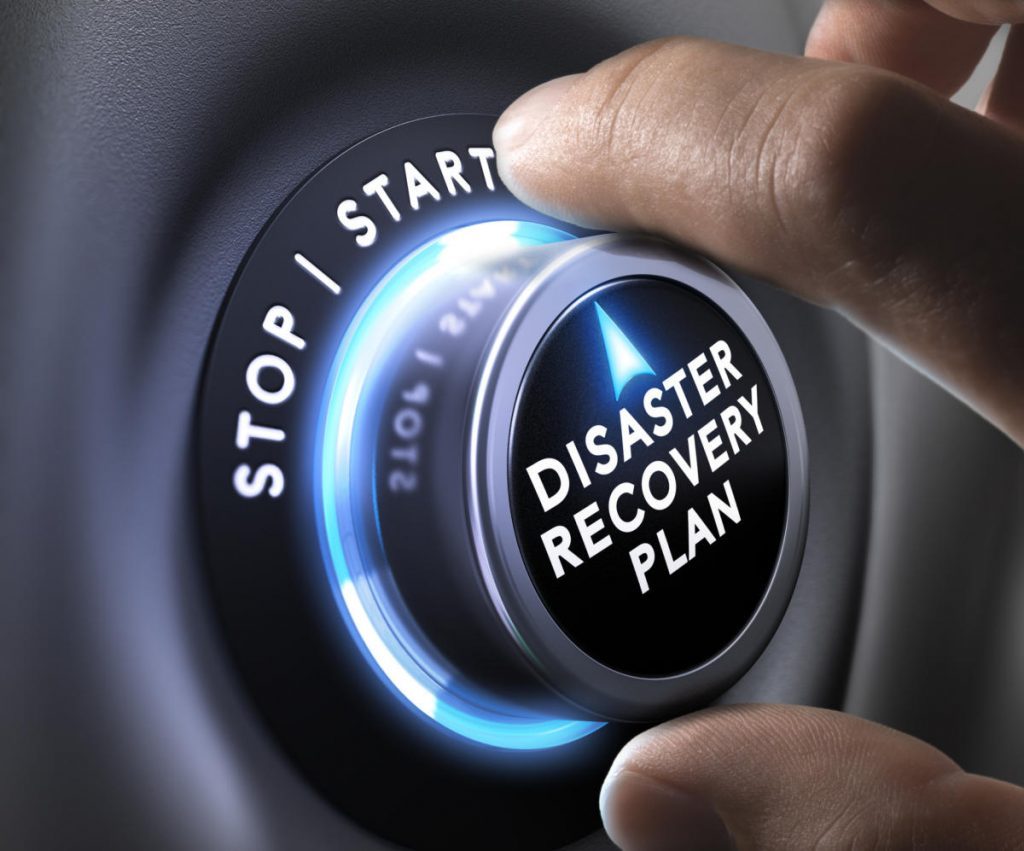advertisement
Leverage DRaaS For A Successful Digital Transformation Journey
The evolution of Software as a Service (SaaS) in the cloud has resulted in a much-needed disaster recovery (DR) option,…

The evolution of Software as a Service (SaaS) in the cloud has resulted in a much-needed disaster recovery (DR) option, which will enable it to become more of a reality and a viable option for organizations that cannot afford downtime.
The industry is however dominated with digital transformation initiatives that, as Andrew Cruise, MD Routed says, need to be a significant part of any IT transformation plan, and without which, the business transformation will be impacted.
He says; “DRaaS is proving itself as a simple and inexpensive solution for modern-day DR. What was previously manual and intensive is now a lot more accessible and affordable. This is good news for the enterprise as so many look for more efficient DR solutions.”
advertisement
By utilizing the cloud as a DR site, costs are kept lower, and DR is at last possible for a majority of larger customers previously thwarted by cost, as well as the manual process associated with DR. There also is no need to use trickle-down hardware in a recovery environment.
“However, if the recovery environment is similar in performance and age to production, it will be costly in terms of both CAPEX (paying double) and OPEX (keeping it powered on, updated and in good working order) and will be inefficiently utilized. Also, there is the usual risk of a disaster such as fire and theft to the recovery environment,” Cruise adds.
Cloud DR, however, is typically procured on a usage basis and is, as a result, more cost-effective and less risky.
advertisement
Cruise opines that data prioritizing is key to ensure the costing and access of the DR solution is functionally relevant. The first step, he says, is to identify the recovery infrastructure because without a recovery environment there is no recovery.
Once done, the second step is to record the workloads and applications, with dependencies, if necessary, to then allow for the enterprise to group data and applications in terms of priority. Thirdly, he says that organizations must decide, with input from application owners, on the level of criticality of applications and assess the risk and impact of downtime for each group of applications as this will define the DR schedules.
Lastly, he adds that the software needs to be chosen to execute the replication of workloads to the recovery environment.
advertisement
DraaS is an increasingly popular means for backing up data and applications, while also providing immediate system failover to a secondary infrastructure. Speed, lower cost and enhanced reliability, improved administration; and seamless redundancy and scalability all make DRaaS a crucial part of any business transformation plans.